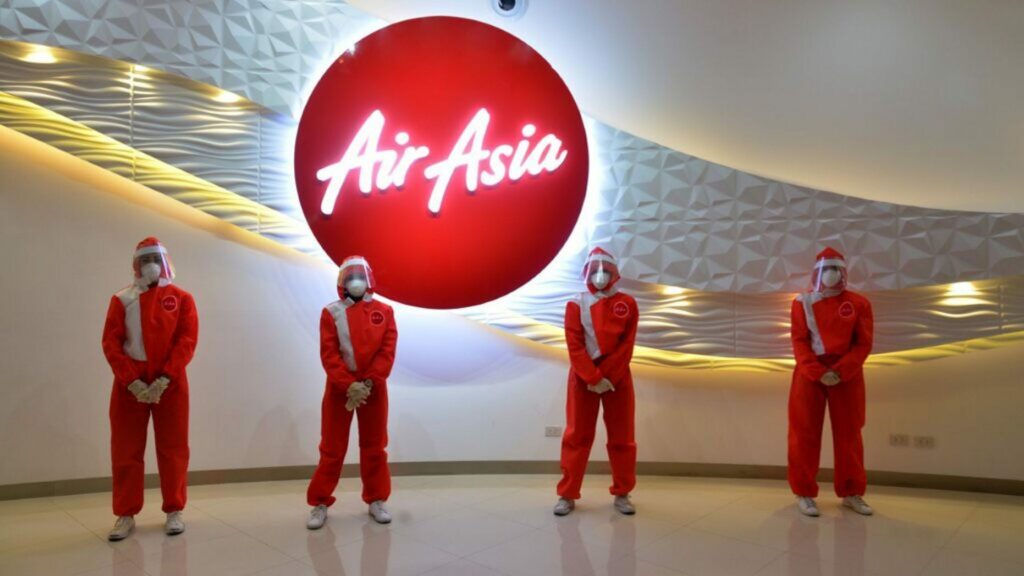AirAsia has a new uniform designed to protect flight attendants and passengers. At first glance, it seems more like hospital gear than an airline uniform, but this could, in fact, give us a glimpse of what the future may have in store for airlines.

The new uniform looks more like personal protective equipment (PPE) than corporate fashion, but it can go a long way to protect both employees and travelers.
Travel was one of the first industries to collapse in the COVID-19 pandemic. In between travel bans, quarantines, and a well-justified reluctance to travel, few people boarded a plane unless they really needed to.
Now, as the world is having one eye on the disease and another on reopening the economy, airlines find themselves in a very delicate situation: how do you ensure the safety of both passengers and cabin crew in a tight metal box thousands of meters above the ground?
Several ideas have discussed, including eliminating the middle seat, installing plexiglass protective screens, and enforcing temperature controls for both passengers and crew.
The low-cost carrier AirAsia has recently unveiled new uniforms. The uniforms were produced by Puey Quinones, an LA-based designer.

The PPE suits were launched during a recovery flight from Bangkok to Manila. They feature the airline’s signature red-hot color and have reportedly already been approved by the Philippines’ Department of Health.
Flight attendants will be required to wear the PPE on all of the carrier’s flights, both domestic and international.

The new uniforms feature face shields, hoods, long pants and sleeves, and consist of a “breathable, yet sturdy material”.
“While you are in the aircraft, you’ll be happy to know that all our cabin crew will be wearing protective equipment including masks and gloves,” said AirAsia’s chief safety officer Ling Liong Tien on AirAsia’s website.
As the carrier prepares to resume some flights, they will also adopt other measures, such as asking travelers to wear their own face masks before, during, and after the flight, as well as for the baggage carousels.
Guests without a mask will be denied boarding, the company said. Another measure AirAsia has announced is the mandatory temperature checks at boarding gates.









